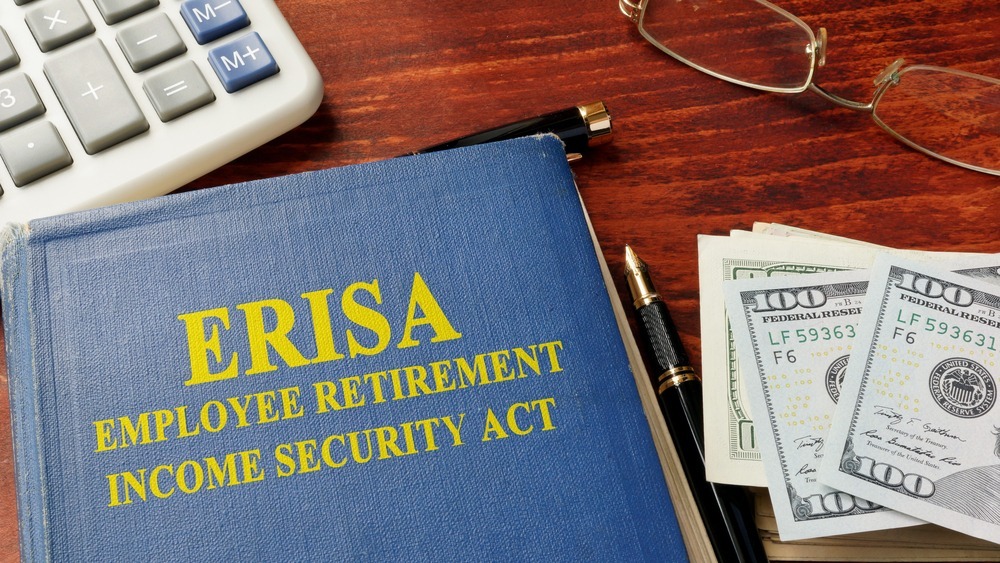The Employee Retirement Income Security Act (ERISA) is a vital piece of legislation that plays a crucial role in safeguarding the retirement and welfare benefits of millions of Americans. Despite its significance, ERISA can be a complex and challenging area of law to comprehend. In this article, we will delve into the key aspects of ERISA, shedding light on its purpose, provisions, and the impact it has on both employers and employees.
Table of Contents
ToggleUnveiling the Basics of ERISA
ERISA, enacted in 1974, was designed to establish https://sdnational.com/ minimum standards for pension and health plans in private industry. The primary objective was to protect the interests of employees who participate in these plans by setting forth fiduciary responsibilities for those who manage and control plan assets. The law applies to most employer-sponsored retirement and health benefit plans, ensuring a level playing field and fair treatment for all participants.
Navigating the Fiduciary Landscape
One of the cornerstones of ERISA is the concept of fiduciary duty. Plan fiduciaries are entrusted with the responsibility of managing and overseeing the plan, and they must act solely in the best interests of the participants and beneficiaries. Understanding the intricacies of fiduciary duty is essential for employers and plan administrators to avoid legal pitfalls and ensure compliance with ERISA regulations.
Safeguarding Retirement Benefits
ERISA sets standards for the funding, vesting, and accrual of retirement benefits, aiming to secure employees’ financial futures. From defined benefit plans to 401(k) accounts, ERISA imposes rules to ensure the stability and sustainability of retirement plans. Employers must be well-versed in these regulations to provide employees with the promised benefits while maintaining financial prudence.
Protecting Health and Welfare Benefits
In addition to retirement benefits, ERISA also extends its protective umbrella to health and welfare benefit plans. The law outlines requirements for disclosure, reporting, and fiduciary responsibility in these plans, aiming to ensure that participants receive the benefits they are entitled to. Employers must navigate the complex landscape of healthcare regulations to avoid legal issues and provide comprehensive benefits to their workforce.
Staying Compliant in a Changing Landscape
As the employment and benefits landscape evolves, staying compliant with ERISA becomes increasingly challenging. From amendments to new regulations, employers must stay abreast of changes to ensure their benefit plans adhere to the latest legal standards. Proactive compliance measures not only mitigate legal risks but also contribute to fostering a positive relationship between employers and employees.
Conclusion: Empowering Employers and Protecting Employees
ERISA is a multifaceted law that requires a nuanced understanding to navigate successfully. Employers who grasp the intricacies of ERISA can create and maintain robust benefit plans, instilling confidence in their workforce. By prioritizing compliance and understanding the fiduciary responsibilities outlined in ERISA, employers can not only safeguard their businesses from legal issues but also contribute to the financial well-being of their employees.
In conclusion, ERISA is a pivotal piece of legislation that shapes the landscape of employee benefits. This article serves as a comprehensive guide to help employers and employees alike understand the fundamental principles of ERISA, empowering them to make informed decisions and navigate the intricate terrain of employee retirement and welfare benefits.







